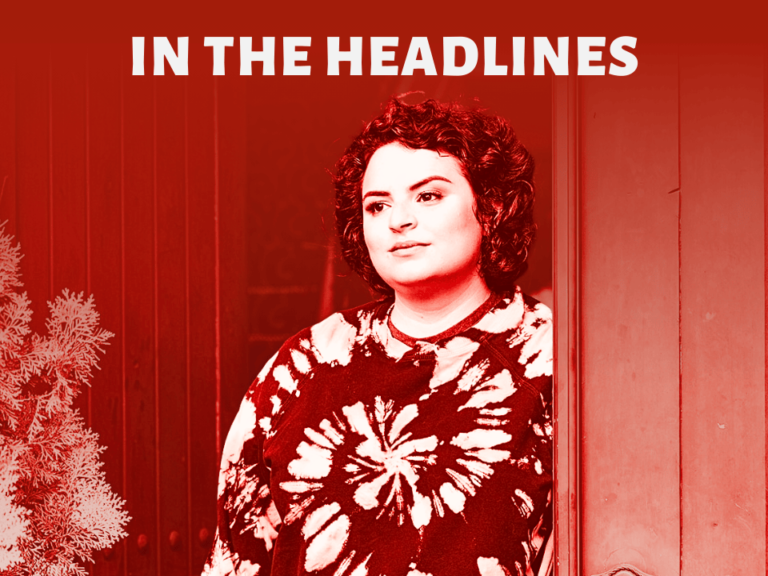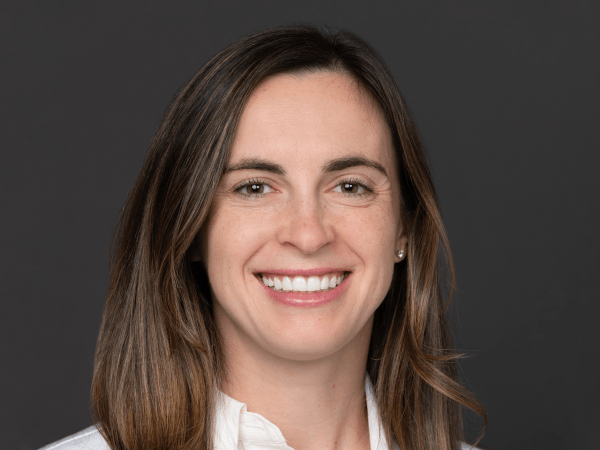When Kay Dickersin was diagnosed with breast cancer in 1986, the support group available to her in Baltimore focused largely on how to get the makeup and wig to look right.
“Everything was geared to—women have needs. Maybe if they did their makeup differently, or wore the right wig, then they’d be happier,” Dickersin, professor emeritus at Johns Hopkins Bloomberg School of Public Health, said to The Cancer Letter. “I thought, no, that’s not the right approach. Maybe we empower them with knowledge and that’s the right approach.
“Nothing’s going to make you happy with breast cancer. It’s not a happy situation,” Dickersin said.
Three years after Dickersin’s diagnosis, she and Marsha Oakley, a breast cancer survivor and nurse in Baltimore, took their concerns about existing support groups into their own hands and started their own group, called Arm-in-Arm.
“Support means various things to various people,” Dickersin said. “At our Arm-in-Arm meetings, which were once a week, women would apologize because they hadn’t had as bad a treatment as someone else. So typical of women.”
Dickersin and Oakley’s advocacy grew out of larger movements from the time.
“We’d been advocates for car seats for children, bicycle helmets for everyone, and for husbands coming into where you deliver babies,” she said. “We were anti-Vietnam. It was a continuation of what we’d been doing all along.”
Rather than talk about how to improve one’s eyeshadow technique, the women in Arm-in-Arm, run out of Greater Baltimore Medical Center, would address the side effects of breast cancer treatment, how chemotherapy made people sick, and radiation made people tired.
“It was more about, well, we talked about what had happened that week,” Dickersin said. “I talked to a woman about reconstruction, because there was a new kind of reconstruction going on, and that was taking the fat from your back and moving it to the front.”
Dickersin recalls the conversations about prostheses, which were common among women who had mastectomies.
“One woman I talked to on the phone said that her prosthesis came out [while] on a water slide,” she said. “They had to drain the water slide in the end.”
The group kept things lighthearted.
“We started a newsletter that had jokes in it,” Dickersin said. “We did a lot of joking around. We called our joking whistling past the graveyard.”
Then, Marsha Oakley received an invitation from another advocate, Amy Langer, of the National Alliance of Breast Cancer Organizations, to attend the first meeting of the Breast Cancer Coalition, which would later become the National Breast Cancer Coalition.
“We went and that’s when we each volunteered what we could do,” Dickersin said.
Dickersin, who had a master’s degree in cell biology from University of California Berkeley and was working on her PhD in epidemiology at Johns Hopkins when she first got involved, said she could help with the science side of things.
At early working board meetings of the NBCC, which began after the 1991 Do the Write Thing campaign, teachers, including now former NIH director Francis Collins, would educate the board on things like epidemiology, biostatistics, and basic science.
“Pat Barr [a patient and lawyer from Vermont] sat next to me and she said, ‘We should take this on the road,’ which, obviously we were all thinking that, because the teach-ins were wonderful,” Dickersin said. “We did take our teach-ins on the road, and that’s where Project LEAD came about.”
Project LEAD is NBCC’s educational arm for activists. Susan Love, who was co-chair of NBCC’s research task force with Dickersin at the time, also spoke about her recollections of Project LEAD with the Cancer History Project.
Dickersin ran Project LEAD workshops about molecular biology.
“I had a master’s degree in cell biology, so I knew the molecular biology-end of things. And then epidemiology and biostatistics was my other side, and that was a separate teach-in,” she said.
The original idea was to hold Project LEAD teach-ins in four cities, Dickersin said.
“In each city, we’d get the people who were active there, both the advocates and the teachers, to participate,” she said. “The idea was if the advocates knew how the science worked, then they would be able to answer people’s questions in Washington, DC, and on IRBs locally.”
Students in Project LEAD classes only stumbled when their ideas didn’t necessarily match up with the science.
“A lot of them worked for trying to get mammogram mobiles out in their community,” Dickersin said.
But when data showed that mammographic screening for breast cancer was not necessarily effective, Dickersin helped them understand what that meant.
“We took a lot of time on that—that’s epidemiology and biostatistics—talking about what screening tests mean,” she said. “That was very important.”
Project LEAD teachers included Francis Collins, Andy Futreal, Mary-Claire King, and Bob Millikan. Fran Visco, the first elected president of NBCC, also brought in advocates as teachers.
“The idea is that you can become a teacher, too—that, I think, is good in that it helped move things forward,” Dickersin said. “Here are some role models for you. Not just people who in their outside lives are professors or surgeons or whatever, but also here are some advocates who are doing this.”
The initiative sought out to accomplish that early nagging question of Dickersin’s—what if support groups provided advocates with knowledge instead of information about how to apply makeup?
“If advocates were going to go to DC or sit on local institutional review boards, or clinical trial boards, or whatever, they needed to know the basics so they could talk about the language, so they could use the language,” she said. “They didn’t need to become mini-scientists, but they needed to not get snowed about what was being talked about and not get all flustered, but take that into account, ‘Oh, I’ve heard that before, but here’s my counter argument.’
“My goal was really to get consumers more involved in research questions, but they really were interested in their own treatments,” she said. “The doctor-speakers who treated women with breast cancer were surrounded by advocates, because people taking the course, because the advocates, wanted information about their own treatments.
Dickersin spoke with Alexandria Carolan, a reporter with The Cancer Letter and associate editor with the Cancer History Project.










